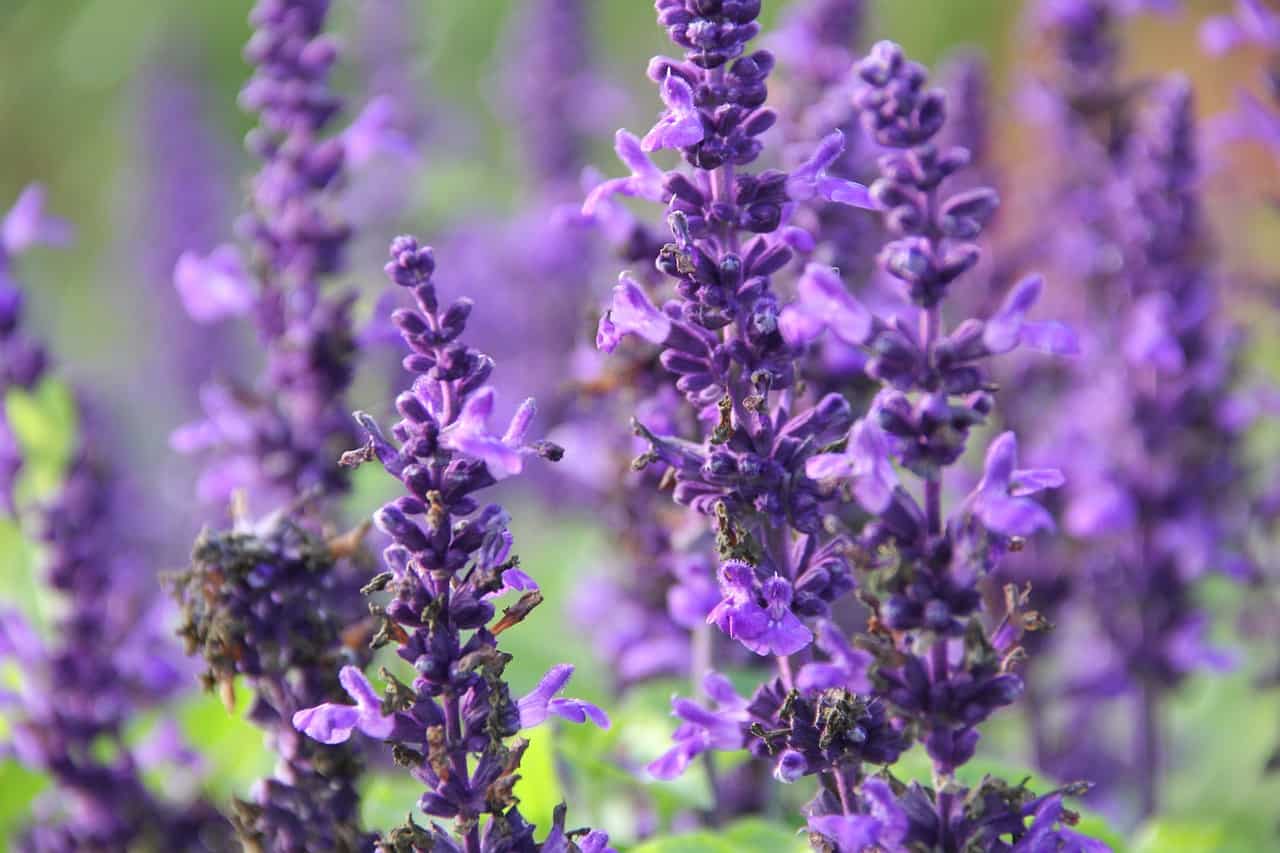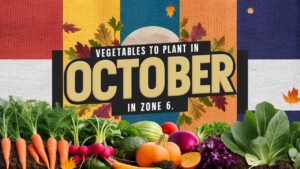As far as herbs go, Salvia is a powerhouse. This member of the mint family is prized for its ability to attract pollinators, its wide range of medicinal properties, and its use in culinary dishes. Plus, it’s stunning in the garden! If you’re thinking of planting some Salvia this year, here are some of the most popular varieties to choose from.
Scarlet Sage (Salvia splendens)
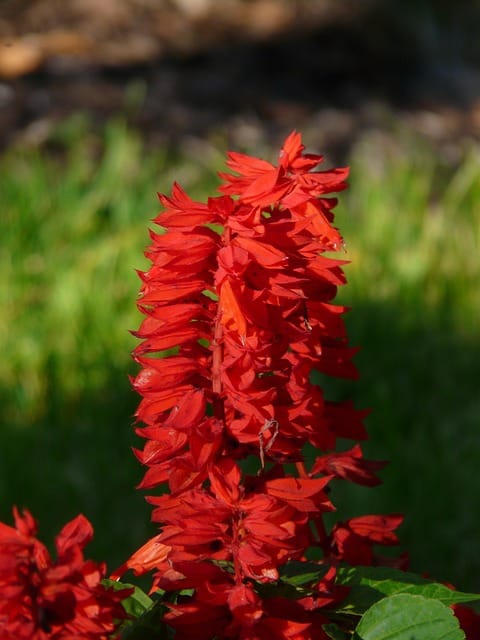
If you’re looking for a Salvia that will really make a statement in your garden, look no further than Scarlet Sage. Also known as “blood sage” or “scarlet sage”, this variety features beautiful red flowers that are sure to catch the eye. Scarlet Sage is a fairly easy plant to care for, and it’s tolerant of both heat and drought. Just be sure to deadhead spent blooms regularly to keep the plant looking its best.
Mealycup Sage (Salvia farinacea)
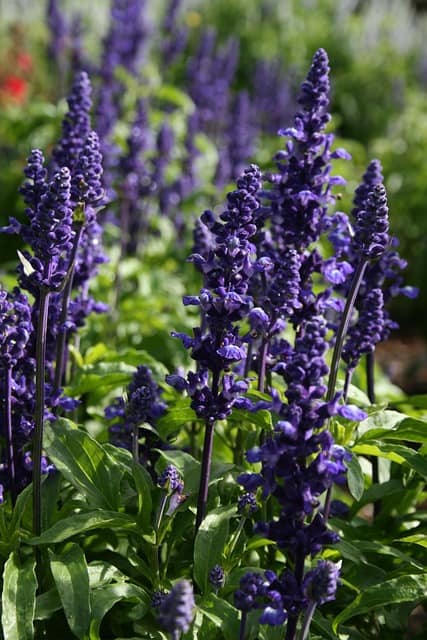
Mealycup Sage is another variety that’s well-suited to hot, dry climates. This plant gets its common name from the mealy white powder that covers its flower buds. Mealycup Sage is a compact plant that typically grows to about two feet tall, making it perfect for small gardens or as a border plant. Like Scarlet Sage, Mealycup Sage is also attractive to pollinators like bees and butterflies.
Texas Sage (Salvia coccinea)
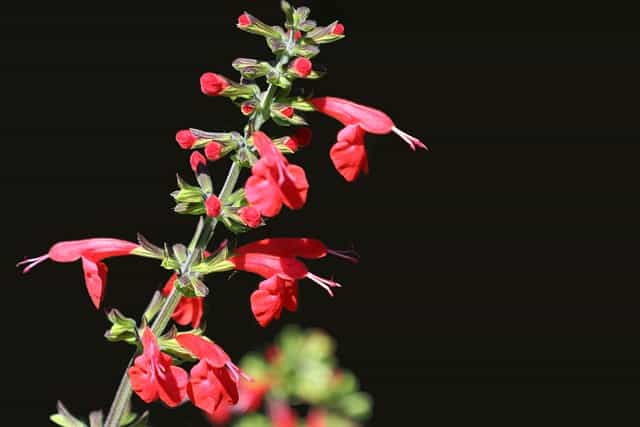
As its name suggests, Texas Sage is native to the Lone Star State. This heat- and drought-tolerant variety is known for its clusters of showy red, pink, or purple flowers. Texas Sage typically grows to between two and three feet tall and wide, making it another good choice for small spaces. One word of caution: Texas Sage can be short-lived (two to three years). But don’t let that deter you! This plant is well worth growing for its beauty while it lasts.
Woodland Sage (Salvia nemerosa)
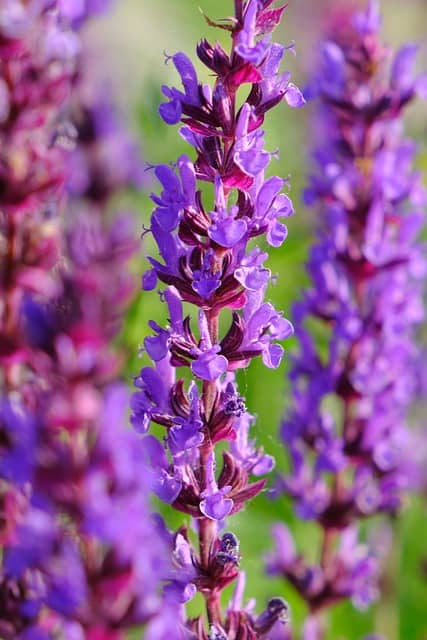
Looking for a Salvia variety that’s a little more low-maintenance? Woodland Sage might be just what you need. This plants prefers partial sun and moist (but not wet) soil, so it’s a good choice for shady areas of the garden. Woodland Sage also has a longer lifespan than some other varieties—it can live for five years or more with proper care. And did we mention it’s deer-resistant? That’s definitely a bonus in many gardens!
Autumn Sage (Salvia greggii)
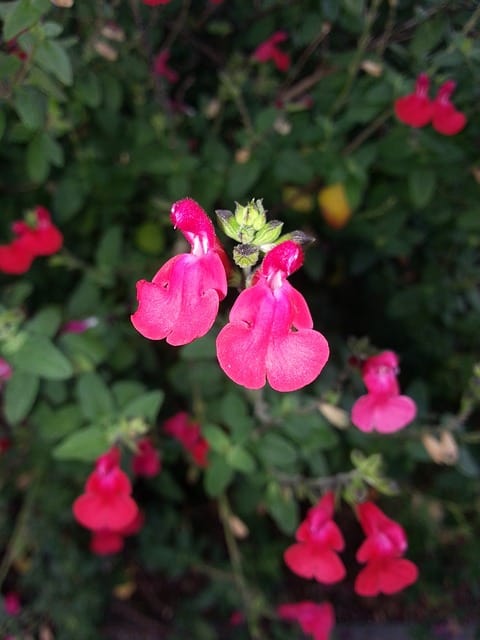
Autumn Sage gets its name from the time of year when it blooms: late summer through fall. However, this plant can actually bloom year-round in warmer climates (zones 8-10). Autumn Sage grows best in full sun and well-drained soil and can reach heights of up to four feet if left unpruned. As an added bonus, this variety is also drought-, deer-, and rabbit-resistant!
Wood Sage (Salvia x sylvestris)
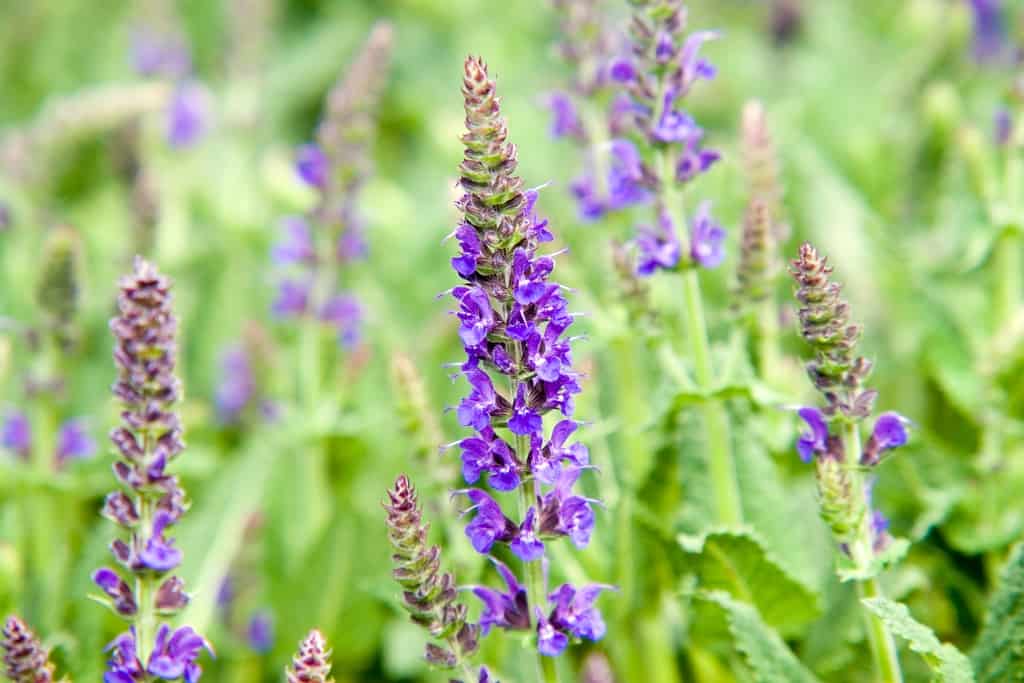
Wood sage is a perennial herb that is native to Europe and Asia. This species of sage can grow up to three feet tall and has blue-green leaves that are arranged in pairs along the stems. The flowers of wood sage are small and purple, and they bloom in the summertime. Wood sage is often used as an ornamental plant, but it can also be used in cooking. When used in food, wood sage has a mild flavor that is similar to rosemary.
Common Sage (Salvia officinalis)
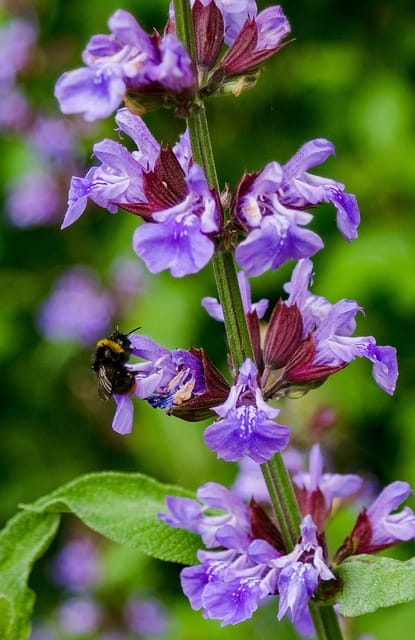
Common sage is one of the most widely cultivated types of sage. It is an evergreen shrub that typically grows to be two or three feet tall. Common sage has gray-green leaves and violet flowers that bloom in the summertime. The leaves of common sage can be used fresh or dried in cooking. When used in food, common sage has a strong flavor that is often described as minty or lemony.
Pineapple Sage (Salvia elegans)
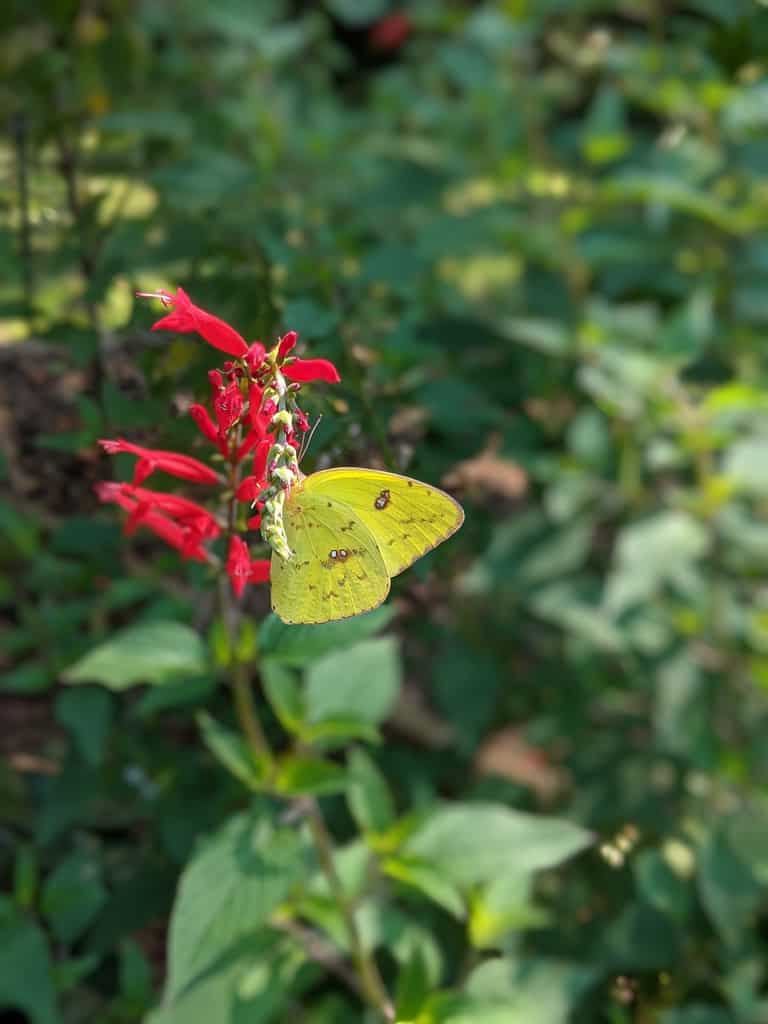
Pineapple sage is a type of common sage that is native to Mexico and Central America. As its name suggests, this variety of sage has a pineapple-like scent when the leaves are crushed. Pineapple sage typically grows to be two or three feet tall and has red flowers that bloom from late summer to early fall. The leaves of pineapple sage can be used fresh or dried in both sweet and savory dishes. When used in food, pineapple sage has a milder flavor than other types of sage.
Mexican Bush Sage (Salvia leucantha)
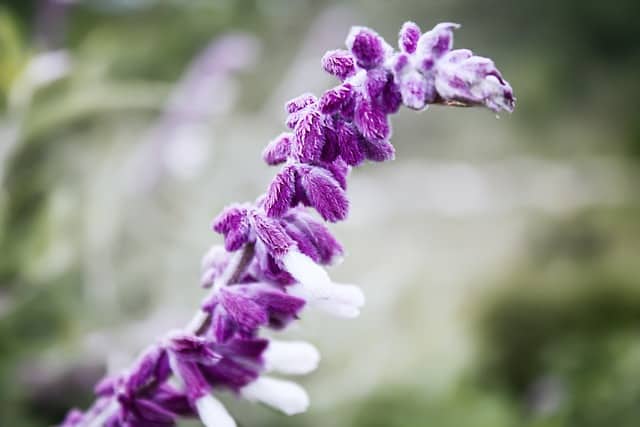
Mexican bush sage is a perennial herb that is native to Mexico and Central America. This species of sage typically grows to be four feet tall and has furry white stems with green leaves arranged in pairs along them. The flowers of Mexican bush sage are purplish-pink and they bloom from late summer into early fall. Mexican bush sage is often used as an ornamental plant, but the leaves can also be added to salsas or sauces for a spicy flavor kick.
Diviner’s Sage (Salvia divinorum)

Diviner’s sage is a type of Mexican bush sage that is native to Mexico. It typically grows to be three feet tall and has ovate green leaves arranged in pairs along the stem. The flowers of diviner’s sage are white or violet and they bloom from late summer into early fall. Diviner’s sage gets its name from its traditional use in divination ceremonies by indigenous people groups in Mexico. The leaves of diviner’s saga can be chewed or smoked for psychoactive effects, but this should only be done under the supervision of an experienced shaman or healer.


